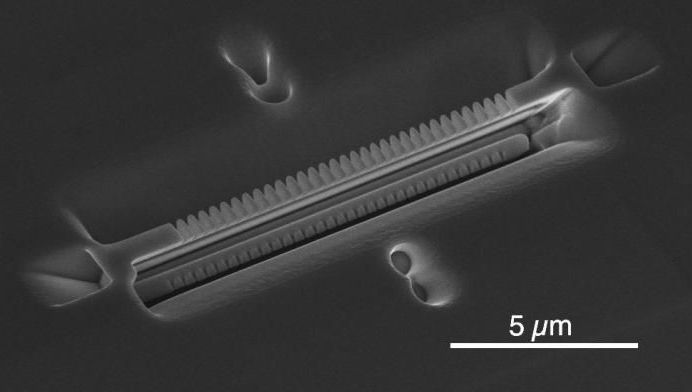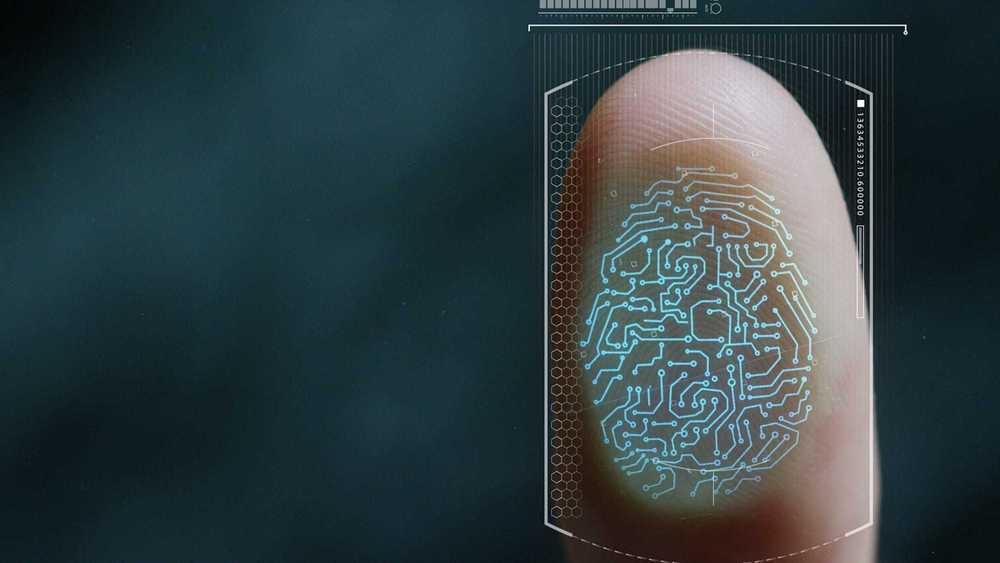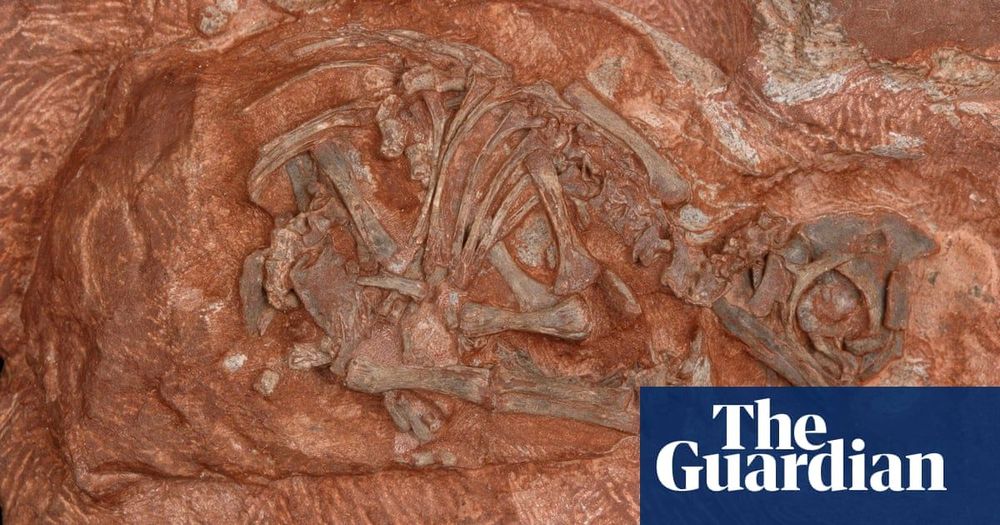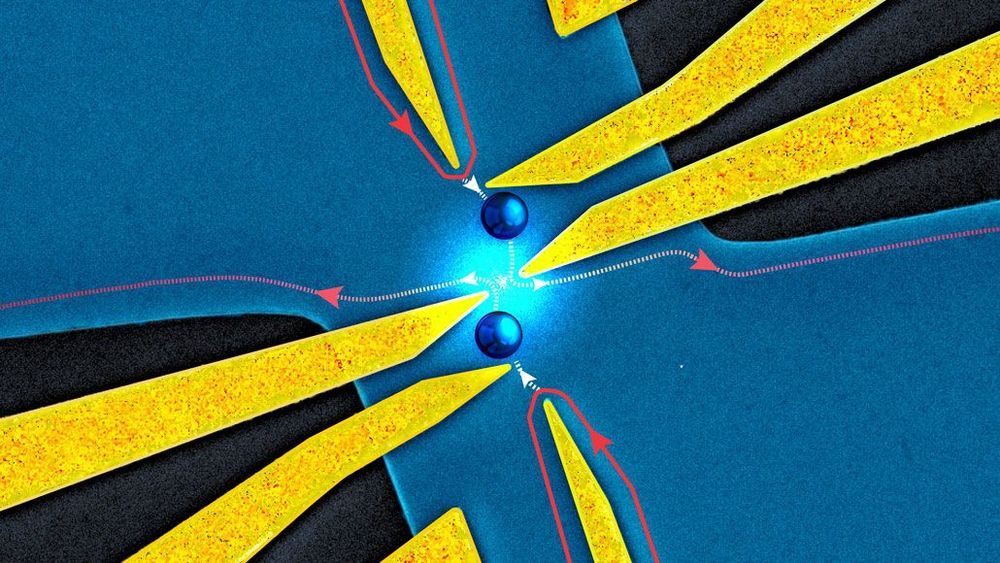Apr 14, 2020
Trapped ytterbium ions could form backbone of a quantum internet, say researchers
Posted by Quinn Sena in categories: internet, quantum physics
Ions trapped nanoscale optical cavities could be used to distribute entangled quantum particles over large distances. That is the conclusion of Jonathan Kindem and colleagues at Caltech in the US, who showed that a trapped ion of ytterbium can remain entangled with a photon for long periods of time. Furthermore, the team showed that the ion’s quantum state can be read out when manipulated by laser and microwave pulses. Their achievement could lay the foundations for a future quantum internet.
Quantum computers are becoming a reality as research labs and companies roll out nascent devices. An important next step in this quantum revolution is creating a “quantum internet” across which quantum information can be shared. The delicate nature of quantum information, however, means that it is very difficult to connect quantum computers over long distances.
Most quantum computers encode quantum bits (qubits) of information into the quantum states of matter – trapped atoms or superconducting circuits, for example. However, the best way to transmit quantum information over long distances is to encode it into a photon of light. An important challenge is how to transfer quantum information from stationary matter-based qubits to photon-based “flying” qubits and then back again.

















